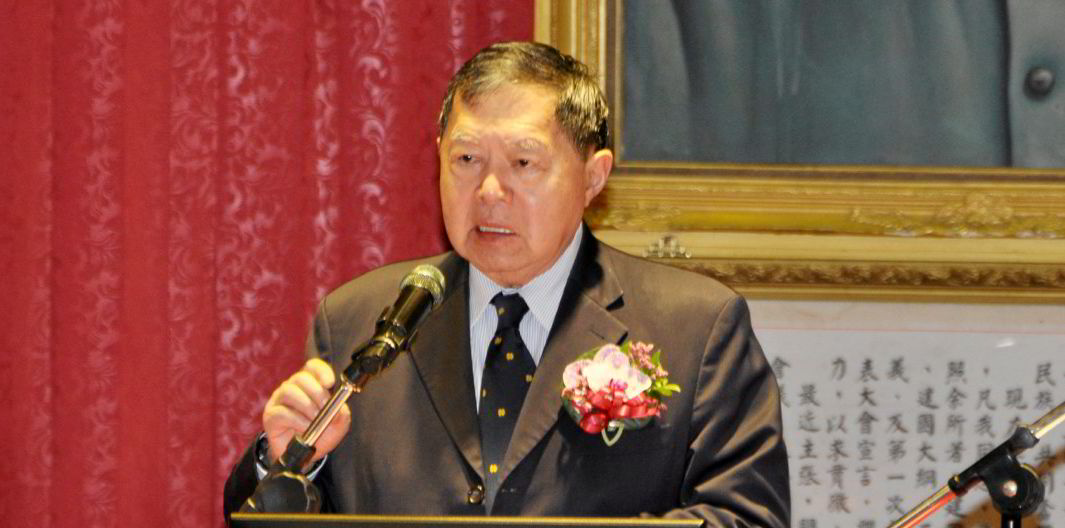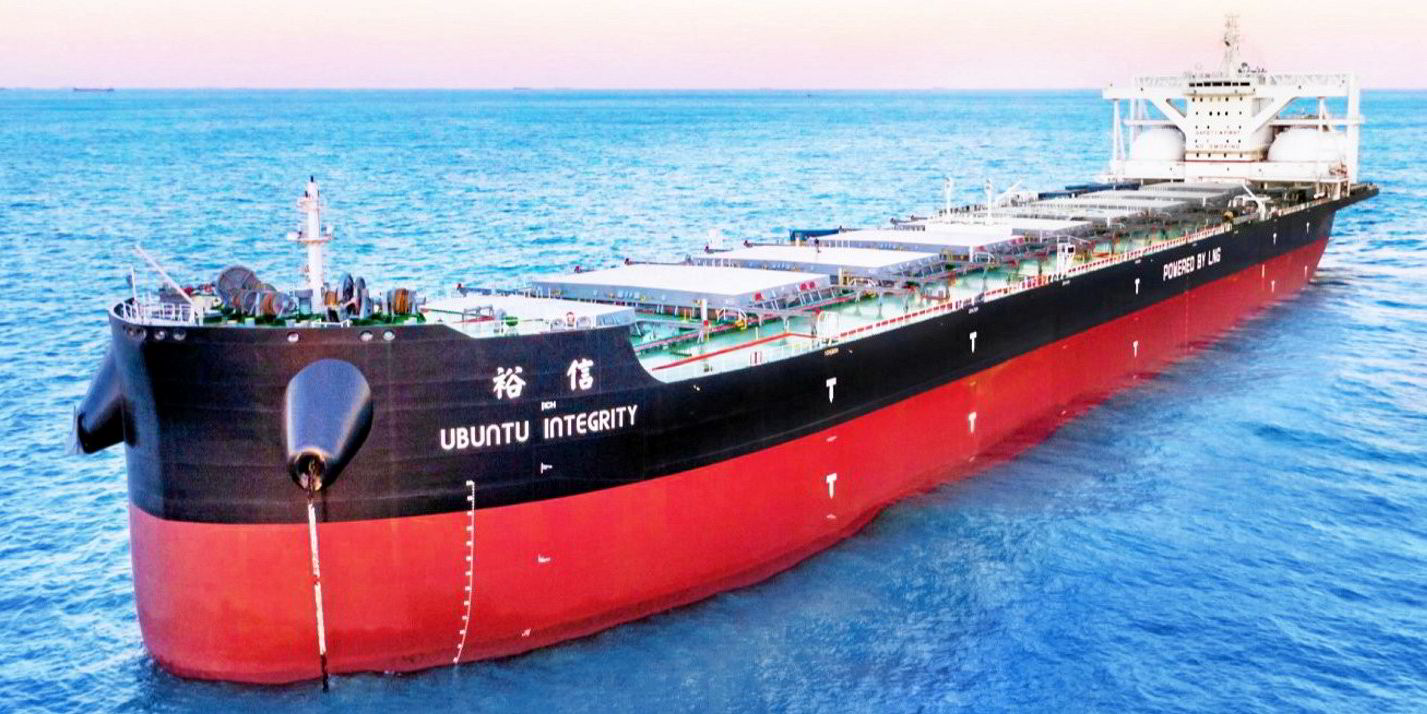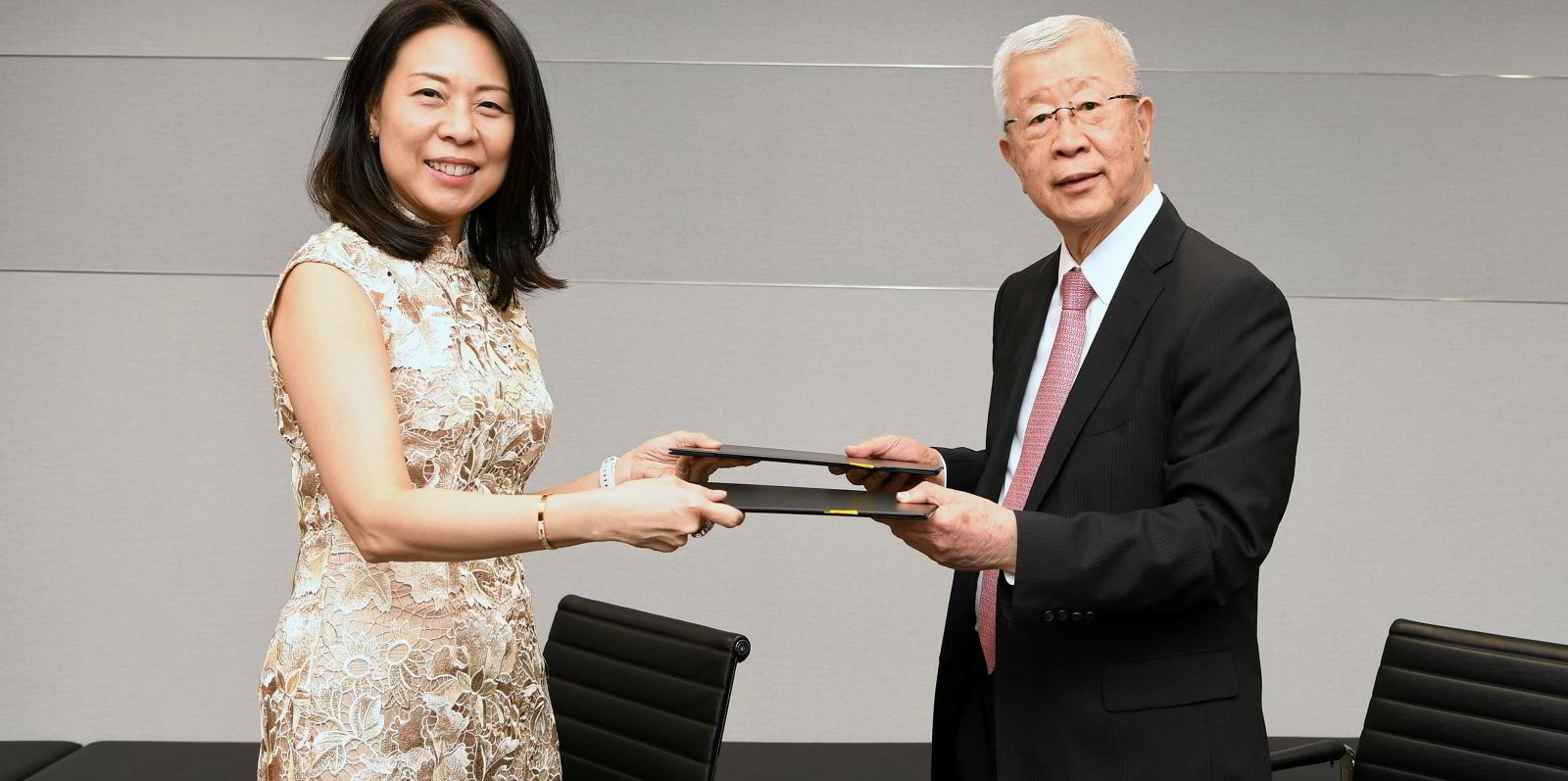U-Ming Marine Transport wants to increase its exposure to the offshore wind sector and enter the LNG carrier market.
The Taiwanese shipowner disclosed its plans to investors at its annual general meeting in Taipei on Monday.
U-Ming already operates high-speed crew transfer vessels, but now wants to expand into large-scale wind power operation and maintenance vessel markets.
The new areas are part of the shipowner’s long-term plan to increase the size of its fleet to 100 ships with a total carrying capacity surpassing 10m tonnes.
U-Ming currently has a fleet of about 72 vessels with a carrying capacity of 8.4m tonnes consisting of VLCCs, VLOCs as well as capesize, panamax, post-panamax and ultramax bulkers.
The Douglas Hsu-led company revealed a cash dividend of TWD 2.40 ($0.075) per share on the back of its 2023 net profit of TWD 2.6bn.
“With retained earnings and distributable legal reserves totalling TWD 17.2bn, equivalent to TWD 20.35 per share for future dividend distribution, U-Ming will continue its efforts to reward shareholders with a strong performance,” Hsu told the AGM.
Hsu said that shipping rates have performed well in the first four months of 2024, and the market outlook for the second half of the year remains optimistic.
“Currently, the new ship order-to-fleet ratio and fleet growth rate are at historical lows of 9% and 2.9%, respectively. Moreover, vessels aged over 15 years constitute 20% of the market, and the implementation of environmental regulations is expected to phase out older vessels,” he said.
“Additionally, vessel sailing speeds have decreased by nearly 6% compared to the peak in 2021. These factors are expected to reduce vessel supply, leading to a more balanced supply-demand equilibrium in the shipping market.
“The Suez Canal crisis further disrupts the shipping supply chain, with vessels bypassing the Suez Canal and rerouting via the Cape of Good Hope, reducing capacity supply while increasing tonne-mile demand,” he added.
Hsu also revealed that U-Ming will release its first independent report on greenhouse gas inventory for both the parent and subsidiary companies, enhancing the comprehensiveness of carbon disclosure.
Earlier this year, U-Ming announced it was teaming up with Japanese trading house giant Itochu Corp to jointly develop a fleet of ammonia-fuelled bulkers.
U-Ming is one of Asia’s more progressive bulker owners on the decarbonisation front.
In addition to building four LNG dual-fuel capesize bulkers, the company is undertaking feasibility studies regarding the installation of rotor sails, carbon capture systems and retrofitting its fleet with methanol dual-feul engines.





